The Easy Morning Stretches That Wake Up Your Body Without a Gym

After 6–8 hours of barely moving, your blood flow slows down. Your muscles stiffen. Your joints make less synovial fluid, which is the natural “oil” that helps them move. That’s why your body feels creaky when you stand up.
Research from 2025 shows that morning stretches increase blood flow, activate your nervous system, and reduce stiffness more effectively than a coffee boost.
In this guide, you’ll learn why you wake up tight, how simple morning stretches can help, and how to do each move safely without a gym. You’ll also learn how long to hold each stretch, how often to repeat them, and how to build a routine you can stick with.
These steps help you wake up your body, reduce stiffness, and feel ready for the day—using just 5–10 minutes.

Why Your Body Needs Morning Stretches (The Science)
When you wake up, your muscles have lower circulation. Research shows blood flow drops during long rest, which is why you feel heavy and slow. A morning stretch improves blood circulation fast and brings fresh oxygen to your muscles.

Your joints also need help. Stretching makes your body release synovial fluid. This fluid works like natural joint oil. As you age, you make less of it, so moving in the morning keeps your joints from feeling tight.
Stretching also activates your nervous system. A 2021 study found morning movement improves mood and self-discipline. This helps you switch from sleepy to alert without caffeine.
Stiff muscles are another big problem. New 2025 guidelines recommend at least 4 minutes of static stretching, 5 days a week. This reduces muscle stiffness and keeps you moving better over time.
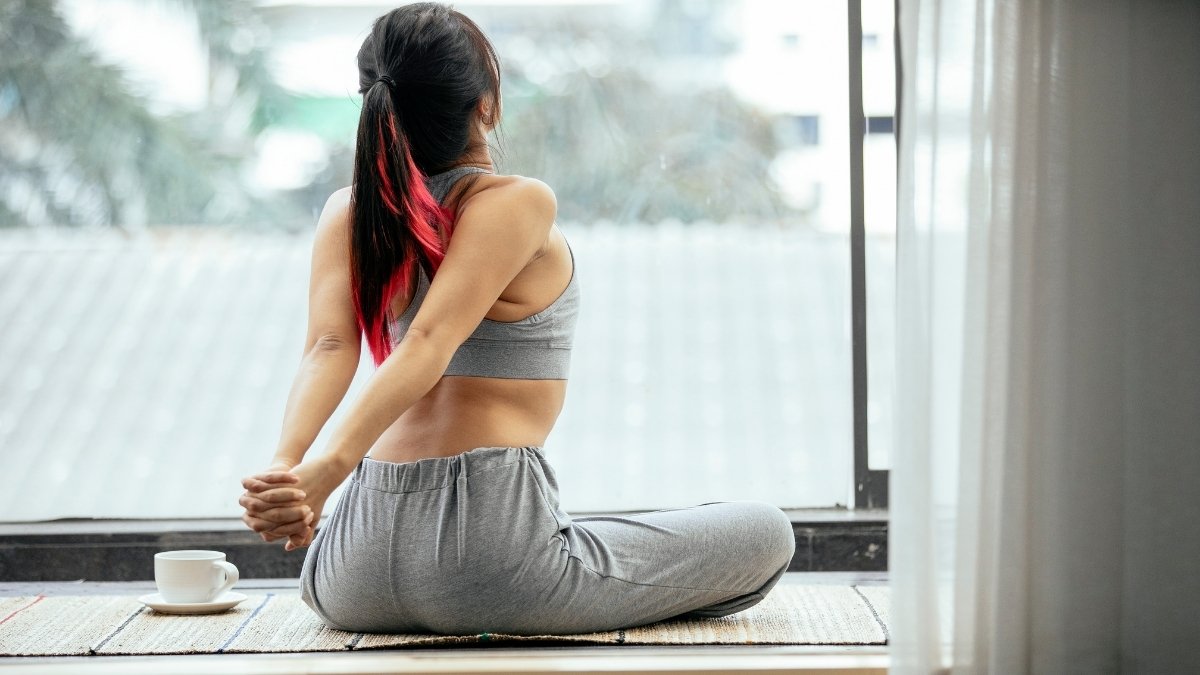
Even one short session can help. Research on heart attack survivors showed that a single stretching routine improved circulation. And if it helps them, it can help you start your day with more strength and calm.
The Right Way to Stretch: Duration, Frequency & Safety
If you’re wondering how long to hold a stretch, Harvard recommends about 60 seconds total. You can split it into 2×30 or 3×20 seconds. Morning muscles are cold, so start with 20–30 second holds. You can work up to 60 seconds once your body warms up.
For stretching frequency, think about your goal. If you want to keep your flexibility, stretch at least 2–3 times a week. If you want real progress, daily stretching works best. Research shows that one 30-second stretch each day can give the same results as doing it three times in a row.

Safety matters the most. Use safe stretching techniques every time. Move gently for 30 seconds before you stretch so your muscles aren’t “cold.” Hold the stretch until you feel mild tension. Stop if you feel sharp pain. Breathe slowly so your muscles relax. And never bounce. That’s how tears happen.
Using proper form helps you avoid injury. If you wake up sore the next day, you pushed too far.
Skip stretching when you have fresh injuries or swelling. In those cases, it’s better to talk with a healthcare provider first.
7 Easy Morning Stretches You Can Do Anywhere
These seven stretches target the areas most prone to morning stiffness: your spine, hips, hamstrings, and shoulders. They progress from gentle to more dynamic, helping your body wake naturally. No equipment needed—just you and a few minutes.
1. Cat-Cow Stretch for Your Spine
What It Does: This stretch wakes up your entire spine and gets your core muscles working. It increases spinal fluid circulation, which helps you move better all day.
How to Do It:
Start on your hands and knees. Put your wrists under your shoulders and knees under your hips. Breathe in: drop your belly, arch your back, and lift your chest and eyes up (that’s Cow). Breathe out: round your spine toward the ceiling and tuck your chin to your chest (that’s Cat). Flow between these positions with your breath for 30-60 seconds. Aim for 6-10 rounds.
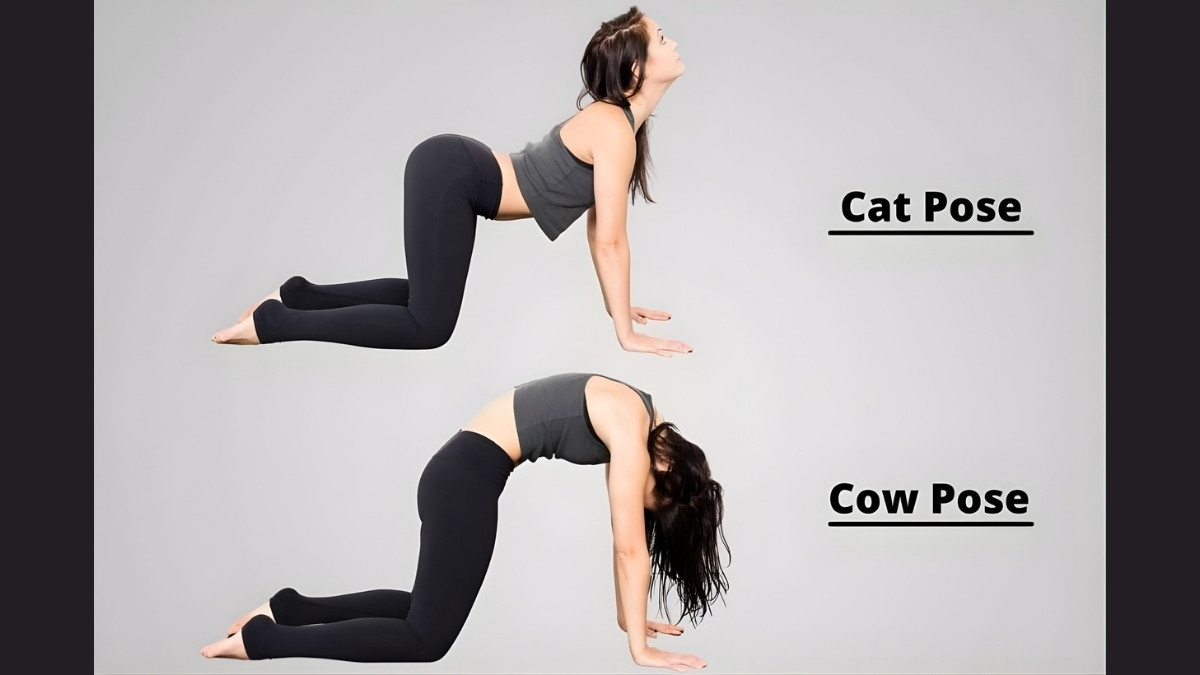
Why chiropractors love this: Dr. Mark El-Hayek notes this stretch activates stabilizers that support posture throughout the day. Your back will thank you during that long meeting.
Pro Tips: Keep your elbows soft, not locked. Move slowly with your breath. Focus on your entire spine moving, not just your lower back.
2. Child’s Pose to Open Shoulders and Back
What It Does: This pose stretches your hips, thighs, and spine while opening your chest and shoulders. It also calms your nervous system, setting a peaceful tone for your day.
How to Do It:
From hands and knees, sit your hips back toward your heels. Extend your arms forward with palms down. Let your forehead rest on the floor (or use a yoga block if you need it). Take 5-10 deep breaths here. Stay for 30-60 seconds. Want more? Walk your hands to the left, then right to stretch your side body.

The science behind it: Harvard’s Dr. Beth Frates recommends this pose for activating the parasympathetic “rest and digest” system. You’ll start your morning calm instead of stressed.
Pro Tips: If your knees hurt, place a folded towel behind them. Focus on lengthening from your tailbone to your fingertips. Breathe into your back and feel your ribs expand.
3. Knee-to-Chest for Lower Back Relief
What It Does: This releases tension in your lower back and stretches hip flexors. Both areas get tight overnight, especially if you sleep curled up.
How to Do It:
Lie on your back with both legs extended. Bend your right knee and pull it toward your chest with your hands. Keep your left leg extended and flex your left foot. Hold for 20-30 seconds. You should feel the stretch in your hip and lower back. Switch sides and repeat.

Who needs this most: People with desk jobs. Sitting all day creates lower back tension, and this stretch counteracts it.
Pro Tips: Keep your shoulders relaxed on the floor. Don’t force your knee—a gentle pull is enough. For a deeper stretch, gently rock side to side.
4. Seated Twist to Activate Your Core
What It Does: This activates your spinal rotators and obliques. It loosens deep lower back muscles that get locked from sleeping in one position all night.
How to Do It:
Sit with your right leg extended and your left leg bent. Place your left foot flat on the ground next to your right thigh. Put your right elbow outside your left knee and your left hand behind you. Breathe in to lengthen your spine. Breathe out to gently twist left. Hold for 20-30 seconds, then repeat on the other side.
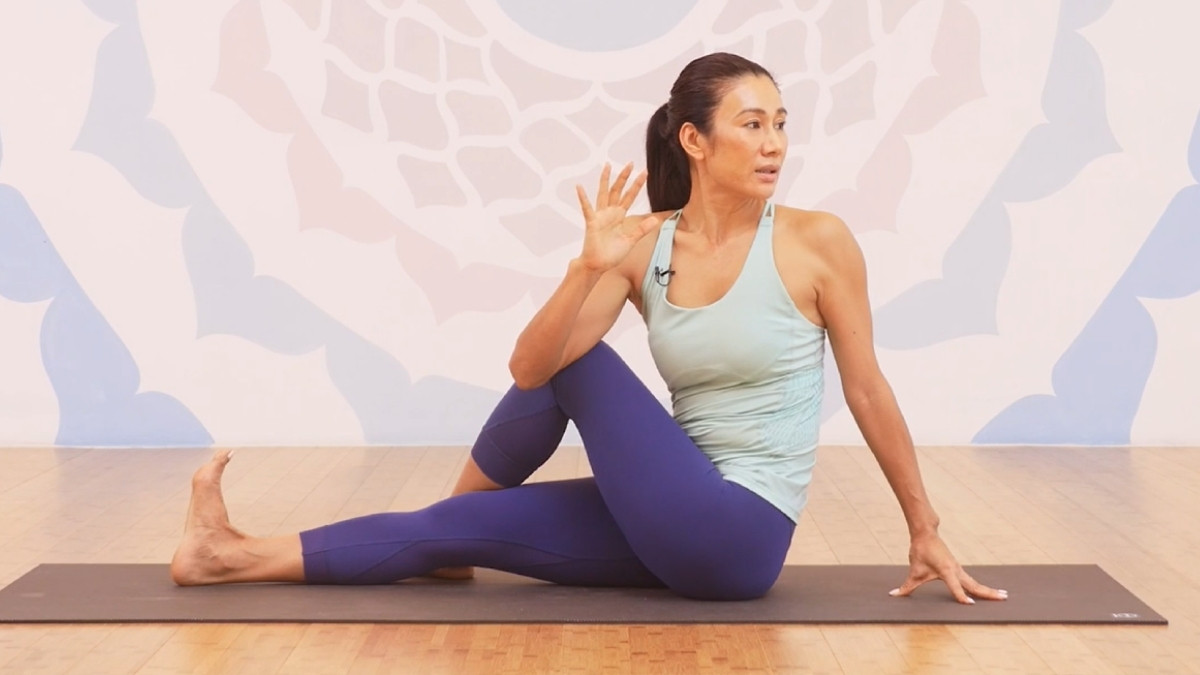
Expert take: Dr. El-Hayek calls this “a gentle way to activate muscles around the lower back that get locked overnight.” You’re basically hitting reset on your spine.
Pro Tips: Twist from your mid-back, not just your shoulders. Keep both sit bones grounded. Don’t force the twist—let your breath deepen it.
5. Forward Fold for Hamstrings and Back
What It Does: This decompresses your spine and stretches your hamstrings and calves. The mild inversion increases blood flow to your brain, helping you wake up mentally.
How to Do It:
Stand with your feet hip-width apart. Hinge at your hips (not your waist) and fold forward. Let your arms hang or hold opposite elbows. Keep a soft bend in your knees. Shift your weight to the balls of your feet. Hold for 20-30 seconds.
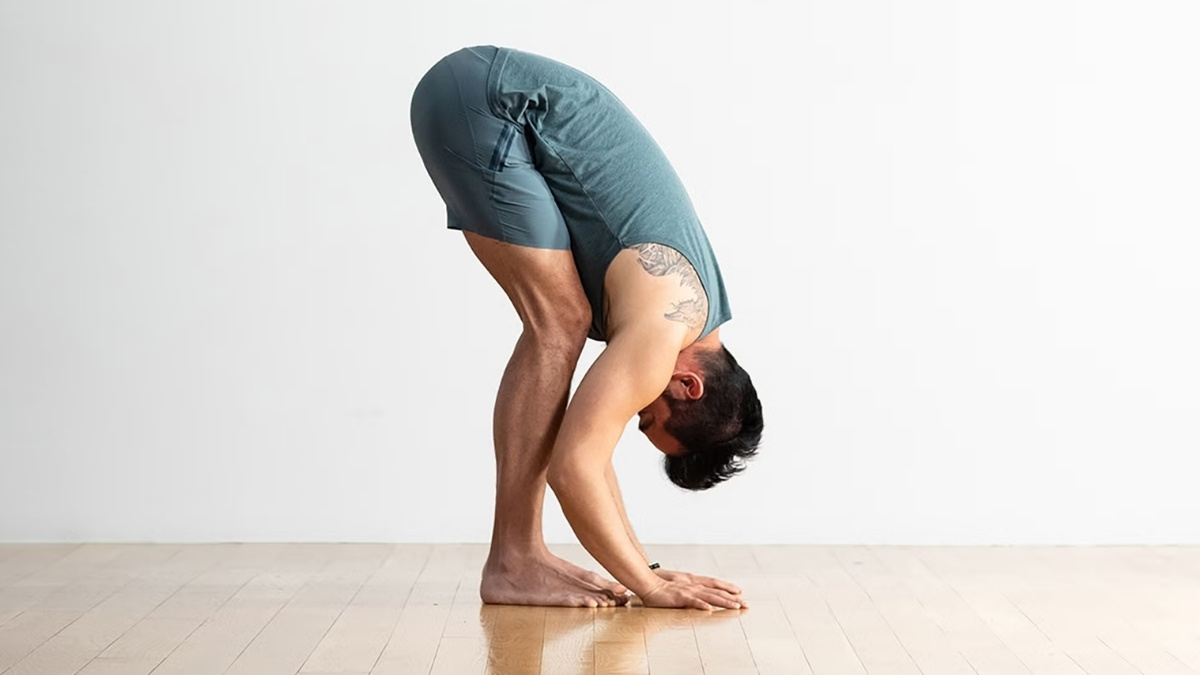
The brain boost: That mild inversion helps wake up your brain by increasing blood flow. You’ll feel more alert without coffee.
Pro Tips: Don’t lock your knees—keep them soft. Let gravity do the work. Nod your head yes and no to release neck tension.
6. Side Stretch to Open Your Rib Cage
What It Does: This opens your rib cage and mid-back. It lengthens your lats, obliques, and intercostals (muscles between your ribs). These get tight from sleeping curled up.
How to Do It:
Stand tall with your feet hip-width apart. Reach both arms overhead. You can clasp your hands if you want. Breathe in: press your feet down and engage your glutes. Breathe out: lean to the right side and feel the stretch on your left. Hold for 20-30 seconds and breathe into the stretched side. Return to center, then repeat on the left side.
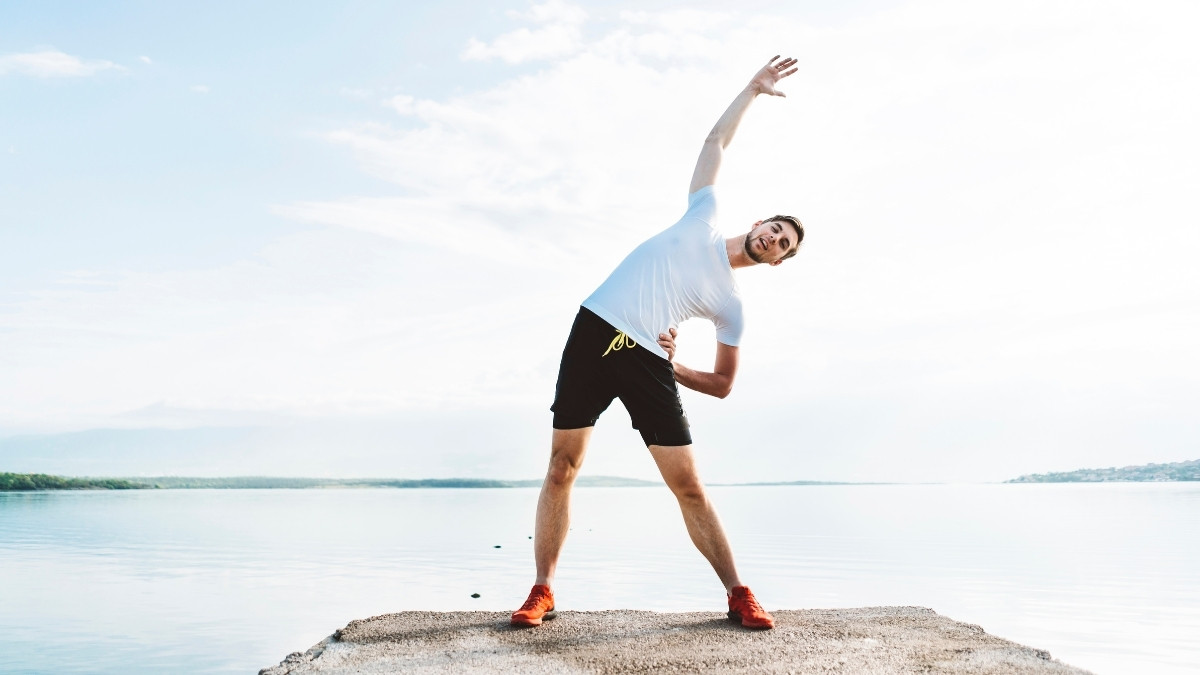
Form check from Peloton instructors: “Move from your rib cage, not just your shoulder.” This makes the stretch way more effective.
Pro Tips: Keep your hips facing forward. Don’t collapse into the stretch—maintain length. Focus your breath on those intercostal muscles.
7. Downward Dog for Full-Body Wake-Up
What It Does: This mild inversion resets your nervous system. It stretches your entire posterior chain (hamstrings, calves, spine) while strengthening your arms and shoulders.
How to Do It:
Start on your hands and knees. Tuck your toes and lift your hips toward the ceiling. Straighten your legs (keep your knees slightly bent if you need to). Press your hands into the floor and spread your fingers wide. Let your head hang between your arms. Hold for 20-30 seconds. Or alternate bending your knees to stretch your calves.

Why it works: It energizes your body while calming your mind. That’s the perfect morning combination.
Pro Tips: Your heels don’t need to touch the floor. Focus on lengthening your spine, not straightening your legs. Pedal your feet to warm up your calves.
Start Small
Begin with 3–4 simple moves (Cat-Cow, Child’s Pose, Forward Fold) to build a real morning habit.
How to Build a Consistent 5–10 Minute Morning Stretch Routine
Start small. Begin with 3–4 moves so you build a real stretching habit. Week 1 can be Cat-Cow, Child’s Pose, and a Forward Fold. This keeps things easy so you don’t quit.
Choose a time you can repeat daily. Most people stretch right after waking up or after a glass of water. Pick the spot in your morning routine that feels natural. Consistency matters more than the exact time.
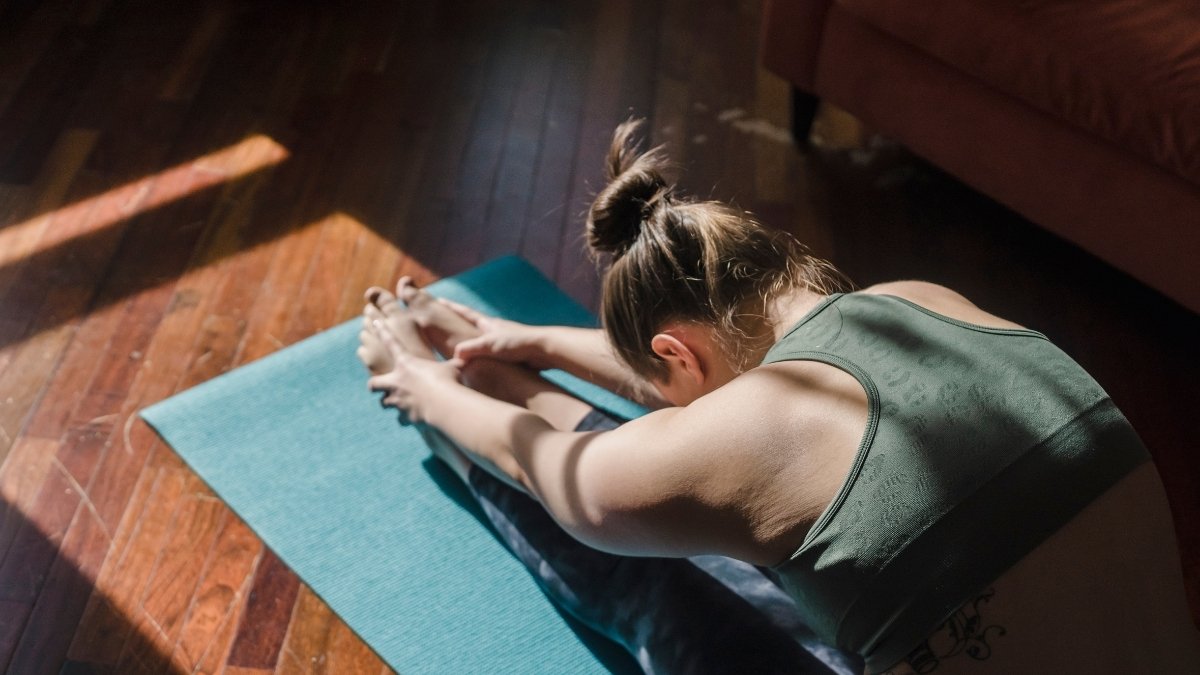
Follow the same sequence each day. Start gentle with Cat-Cow. Then move into deeper stretches like Forward Fold or Downward Dog. This helps your body wake up safely.
Here’s a quick 5-minute routine:
Cat-Cow (30 sec)
Child’s Pose (30 sec)
Knee-to-Chest (20 sec each side)
Seated Twist (20 sec each side)
Forward Fold (30 sec)
Side Reach (20 sec each side)
Downward Dog (30 sec)
For a 10-minute routine, hold each move 45–60 seconds. Repeat your favorite stretch 2–3 times. Track how you feel. After one week, check if you have better energy. After two weeks, see if morning stiffness drops. After a month, you should notice flexibility progress.

If you forget, set a phone reminder. If you’re rushed, do two quick stretches. If you think you’re “not flexible,” that’s the sign you need this the most.
5 Morning Stretching Mistakes (And How to Fix Them)

1. Stretching Cold Muscles
Cold muscles tighten fast. This raises your risk of strain. Fix it by doing 30 seconds of light movement like marching in place or arm circles before you stretch.
2. Holding Your Breath
Your muscles tense when you stop breathing. That makes stretching harder than it needs to be. Inhale to get ready. Exhale as you ease into the stretch. Count slow breaths instead of seconds.
3. Forcing Deep Stretches Too Soon
Morning muscles need time to wake up. Pushing hard can cause pain later. Find your “edge”—a stretch you can feel but doesn’t hurt. Less is more when your body is still warming up.
4. Rushing Through It
Quick stretches don’t give your muscles enough time to relax. Hold each stretch at least 20 seconds. Stay present. This helps your body respond instead of resisting.
5. Doing the Exact Same Routine Every Day
Your body adapts fast. When that happens, progress slows. Switch hold times, try new moves each month, and listen to what feels tight that day.
At the Last,
Morning stretches target the spots that tighten the most: your spine, hips, hamstrings, and shoulders. Hold each move 20–30 seconds, or up to 60 seconds if you feel extra tight. You don’t need long workouts. You just need 5–10 minutes and a few simple moves done each day.
Results start right away with better energy. Over the next few weeks, you’ll notice less stiffness and steady flexibility progress.
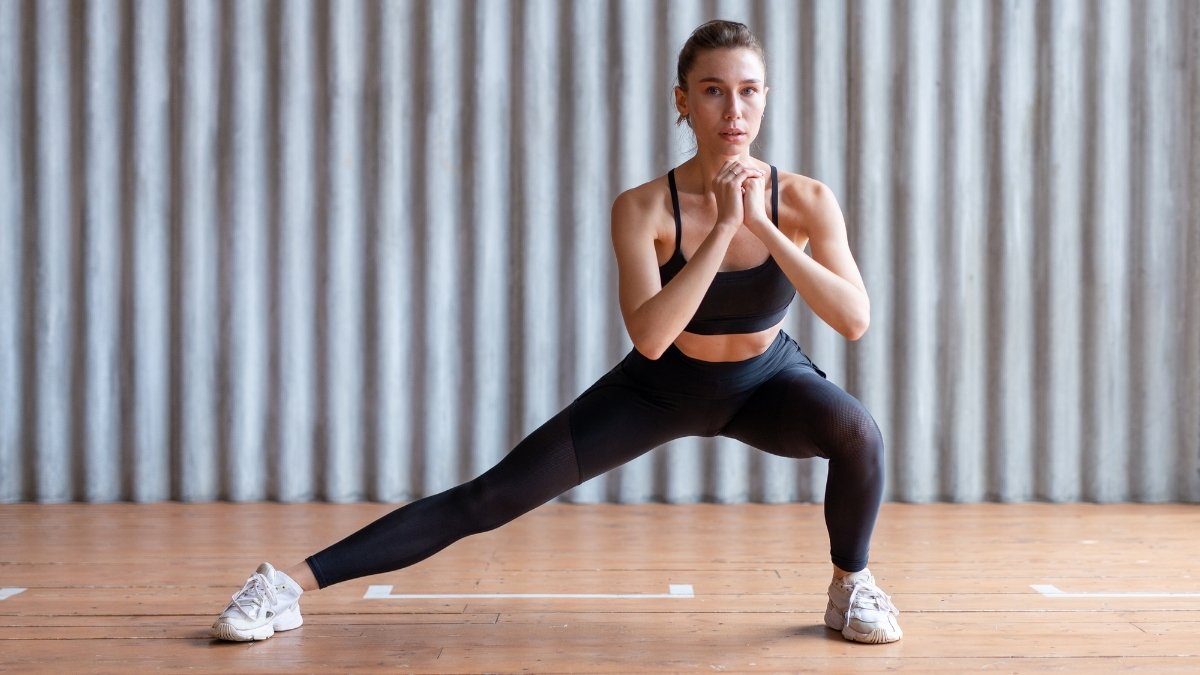
Tomorrow morning, before you reach for coffee, try three stretches: Cat-Cow, Child’s Pose, and a Forward Fold. That’s it. Two minutes. See how your body feels, then add one more. Small, steady steps create real change.
These easy morning stretches don’t require a gym, equipment, or even getting fully dressed. They just require showing up for yourself, one morning at a time.






